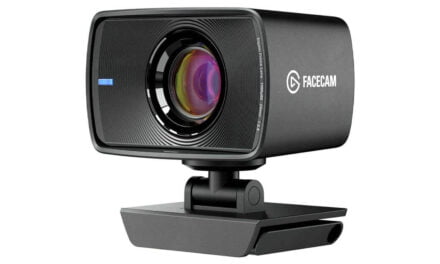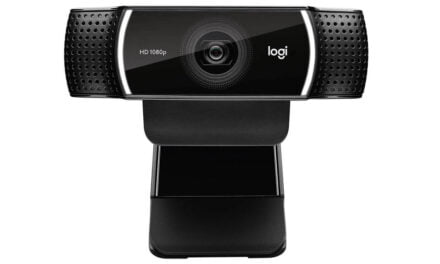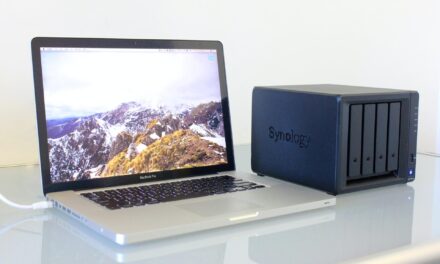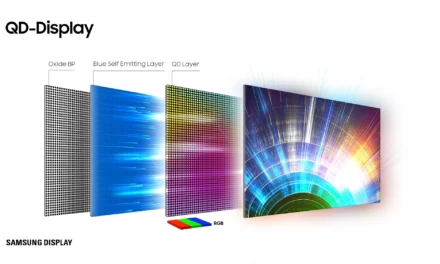
Wi-Fi 6, “Significant Step Forward”
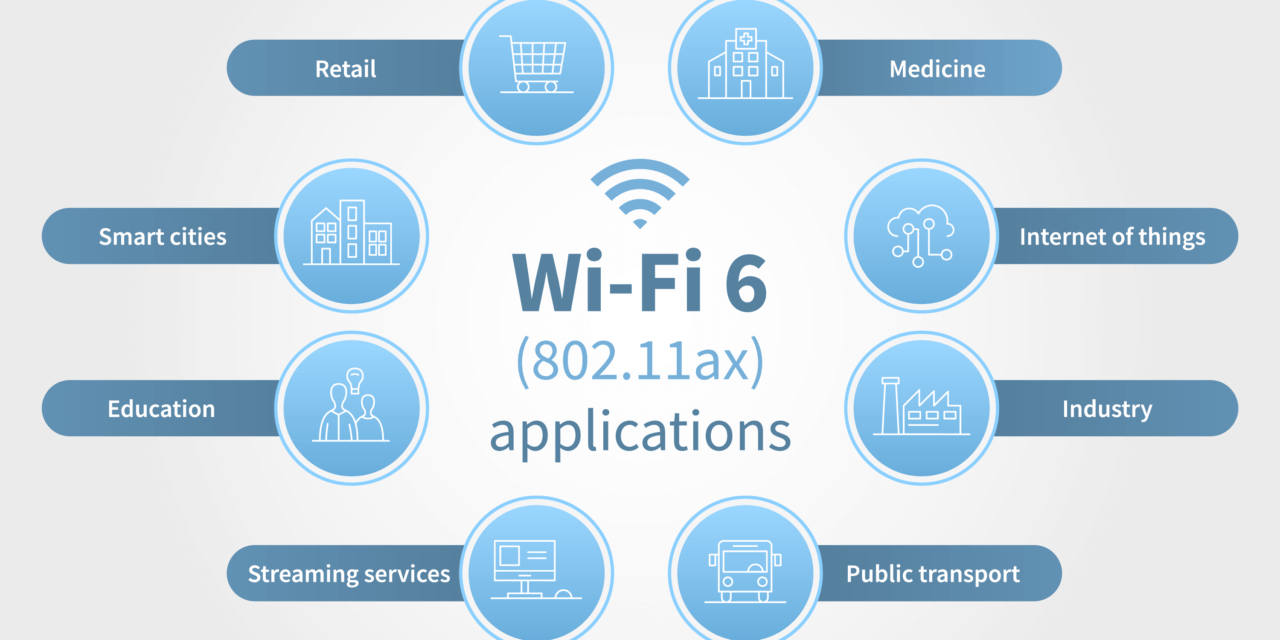
WiFi 6, also known as 802.11ax, is the latest iteration of the Wi-Fi standard that offers faster speeds, better performance, and improved efficiency over its predecessor, WiFi 5 (802.11ac). In this comprehensive technology review, we’ll take a closer look at what WiFi 6 has to offer and whether it’s worth upgrading to.
Table of Contents
Speed and Performance
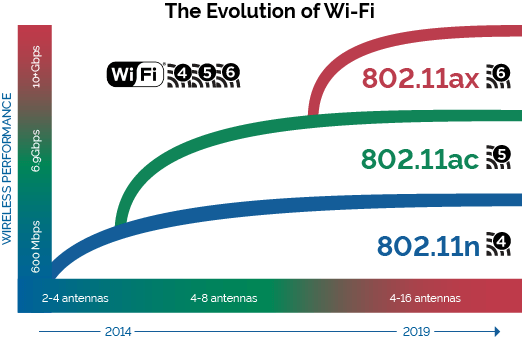
One of the key advantages of WiFi 6 is its ability to deliver faster speeds and better performance. With maximum theoretical speeds of up to 9.6 Gbps, WiFi 6 is significantly faster than WiFi 5, which has maximum theoretical speeds of up to 3.5 Gbps.
However, it’s important to note that these speeds are theoretical maximums and are unlikely to be achieved in real-world scenarios. Nonetheless, even in real-world usage, WiFi 6 is still faster and more reliable than WiFi 5. This is thanks to the use of technologies such as MU-MIMO (Multi-User Multiple Input Multiple Output), which allows multiple devices to transmit and receive data simultaneously, and OFDMA (Orthogonal Frequency Division Multiple Access), which improves efficiency and reduces latency.
Range and Coverage
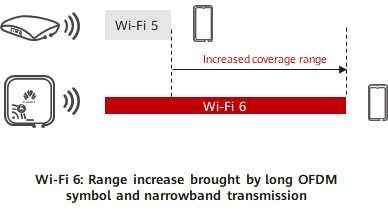
WiFi 6 also offers improved range and coverage over WiFi 5. This is thanks to the use of technologies such as BSS Coloring (Basic Service Set Coloring), which reduces interference from neighboring networks, and Target Wake Time (TWT), which improves battery life for devices such as smartphones and IoT devices.
With these technologies, WiFi 6 can deliver better performance and coverage even in environments with many connected devices, such as crowded apartments or office buildings.
Compatibility and Upgradability
While WiFi 6 is the latest and greatest Wi-Fi standard, it’s important to note that not all devices are compatible with it. In order to take advantage of WiFi 6’s faster speeds and improved performance, both the router and the client device (such as a laptop or smartphone) must support the WiFi 6 standard.
Thankfully, many newer devices, such as the latest smartphones and laptops, now come with WiFi 6 support built-in. However, if you have older devices that only support WiFi 5 or earlier standards, you may not see a significant improvement in performance when upgrading to WiFi 6.
That being said, even if you don’t have WiFi 6-compatible devices yet, it may still be worth upgrading to a WiFi 6 router for future-proofing purposes. As more devices with WiFi 6 support come onto the market, you’ll be able to take advantage of the faster speeds and improved performance.
Security
Another advantage of WiFi 6 is improved security. WiFi 6 introduces a new security protocol called WPA3, which replaces the older WPA2 protocol used in previous Wi-Fi standards. WPA3 includes stronger encryption and better protection against brute-force attacks, making it more difficult for hackers to break into your network.
WPA3 also includes a feature called Enhanced Open, which provides improved security for public Wi-Fi networks. With Enhanced Open, public Wi-Fi networks can provide secure connections without requiring users to enter a password, making it more convenient and easier to use.
Gaming
When it comes to gaming, WiFi 6 is particularly beneficial. Gaming requires fast and reliable internet speeds with low latency, and WiFi 6 is designed to provide just that. With its improved performance and efficiency, WiFi 6 can reduce latency and improve the overall gaming experience.
In addition, WiFi 6 routers often come with advanced features that can be particularly useful for gamers. For example, some routers offer the ability to prioritize gaming traffic over other types of traffic, ensuring that your games are always getting the fastest and most reliable connection.
Conclusion on Wi-Fi 6
Overall, WiFi 6 is a significant improvement over its predecessor, WiFi 5. With faster speeds, better performance, improved range and coverage, and stronger security, WiFi 6 is a great choice for anyone looking to upgrade their home network.
However, it’s important to note that upgrading to WiFi 6 may not be necessary for everyone. If you have older devices that don’t support the WiFi 6 standard, you may not see a significant improvement in performance. Additionally, the cost of upgrading to a WiFi 6 router may be prohibitive for some users.
That being said, if you’re in the market for a new router and want to future-proof your network, or if you have a lot of devices that need to be connected to your Wi-Fi network, then WiFi 6 is definitely worth considering.
Overall, WiFi 6 is a significant step forward for Wi-Fi technology. With its faster speeds, better performance, improved range and coverage, stronger security, and gaming benefits, it’s a great choice for anyone looking to upgrade their home network. While it may not be necessary for everyone to upgrade to WiFi 6, for those who want the latest and greatest technology, it’s definitely worth considering.





